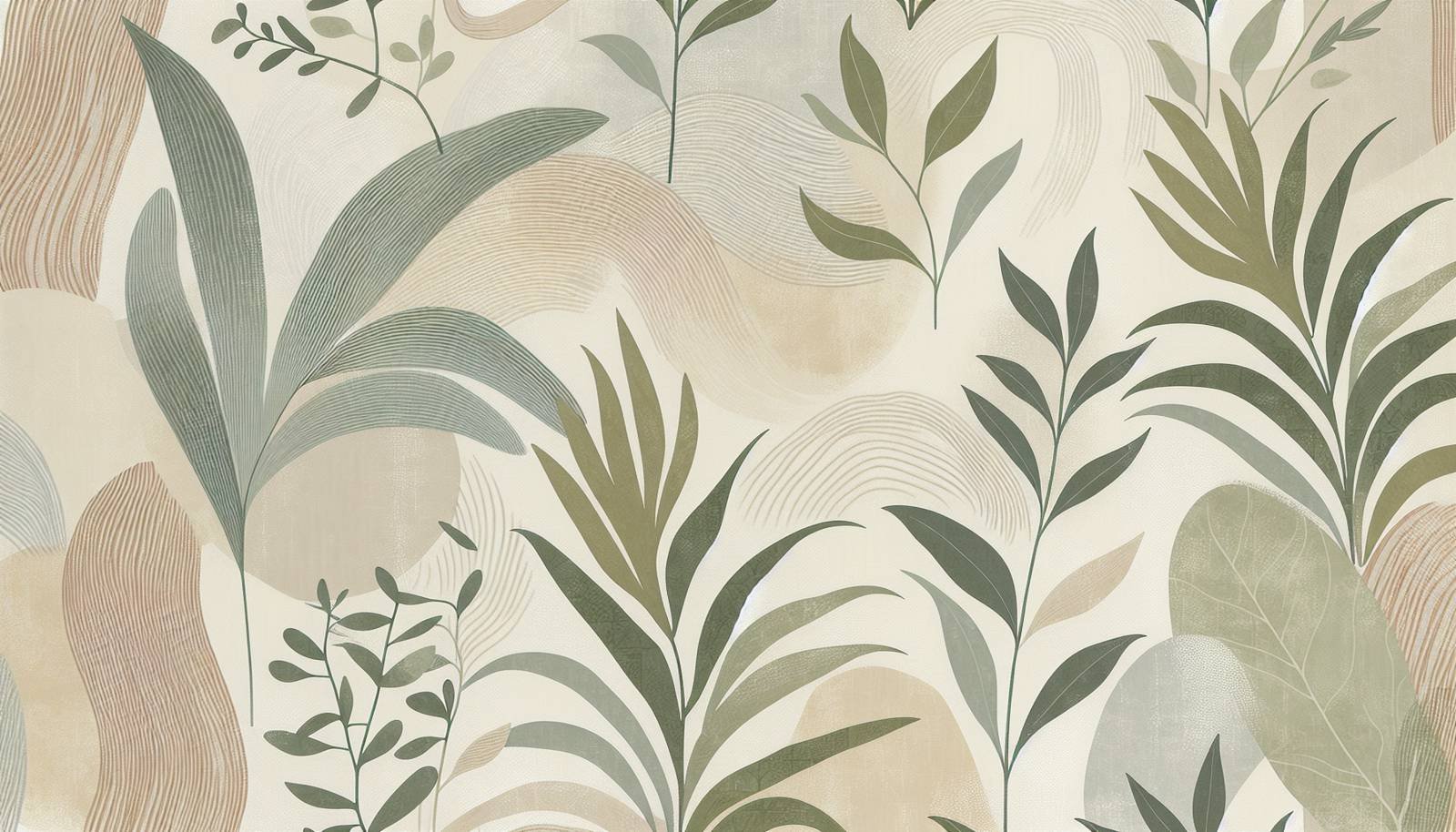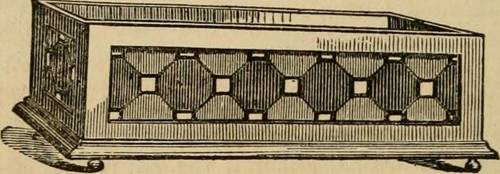
FAQ About Indoor Plant Reuse and Recycling Practices

How can I recycle old plant containers in an eco-friendly way?
To recycle old plant containers, first check if they are made of recyclable materials such as plastic, metal, or ceramic. Clean them thoroughly and remove any non-recyclable components like labels or glue. Plastic pots might have recycling symbols indicating how they should be processed; check with local recycling centers to ensure they accept such items. Alternatively, you can reuse containers for new plants or donate them to community gardens or schools for educational projects.

What are some ways to reuse indoor plant substrates?
Indoor plant substrates like soil can be reused by first sterilizing them to remove pathogens. This can be done by baking the soil in an oven at 180°F (82°C) for about 30 minutes. After sterilization, refresh the substrate by mixing it with fresh compost, perlite, or other amendments to restore nutrients. Reused substrates can then be used for similarly purposed plants or for topping outdoor garden beds.

Are there creative methods for reusing discarded plant materials?
Discarded plant materials such as leaves, stems, and roots can be composted, turning them into nutrient-rich compost for future use. They can also be used as mulch to help retain moisture in potted plants or garden beds. Additionally, certain plant parts can be repurposed for art and craft projects, such as leaf prints or dried flower arrangements.

Can I compost indoor plant waste, and how?
Yes, indoor plant waste can be composted. Gather leaves, spent flowers, and non-woody stems, and add them to a compost bin along with other carbon-rich materials like shredded paper or dried leaves. To enhance the composting process, maintain a balance of greens (nitrogen-rich materials, like plant waste) and browns (carbon-rich materials), keep the pile moist but not saturated, and turn it regularly to aerate.

What should I do with potting soil when I repot a plant?
When repotting a plant, you can reuse the potting soil by mixing it with fresh soil to rejuvenate its nutrient content. If the soil is excessively depleted or you're dealing with a disease-prone plant, it may be better to discard it in the compost pile. Alternatively, old potting soil can be used as a base layer in the bottom of larger outdoor planters or mixed into garden beds.

How can I make indoor plant care more sustainable?
Sustainable indoor plant care includes using organic fertilizers, reducing water usage by employing self-watering pots or water retention gels, and selecting plants that require less frequent watering. Enhance sustainability by favoring locally sourced plants and containers, and consider integrating smart technology to optimize watering schedules.

Are there specific types of containers that are better for recycling?
Containers made from materials such as terracotta, metal, and certain types of plastics (like HDPE and PP) are more recyclable. Terracotta and ceramic pots can be crushed and recycled as aggregate materials, while metals like aluminum can be melted down for reuse. When selecting plastic containers, look for the recycling symbol to determine their recyclability.

What plants are best for propagating and reusing?
Plants such as pothos, spider plants, succulents, and peace lilies are among the easiest to propagate from cuttings or offsets, making them excellent candidates for plant reuse. These plants can be propagated in water or soil and can quickly regenerate, allowing you to expand your indoor garden with minimal cost and environmental impact.

How do I safely dispose of diseased plant materials?
Diseased plant materials should be disposed of carefully to prevent spreading pathogens. Avoid composting these materials unless you are certain your compost pile reaches temperatures high enough to kill disease agents. Instead, seal them in plastic bags and dispose of them with your municipal waste. Alternatively, consult with your local waste management facilities regarding the best disposal methods.

What are the environmental benefits of reusing and recycling indoor plant materials?
Reusing and recycling indoor plant materials reduce waste sent to landfills, lower the demand for new resources, and minimize the carbon footprint of plant care. These practices promote soil health through composting, conserve energy by reducing production needs for new products, and foster a more sustainable indoor gardening system.
